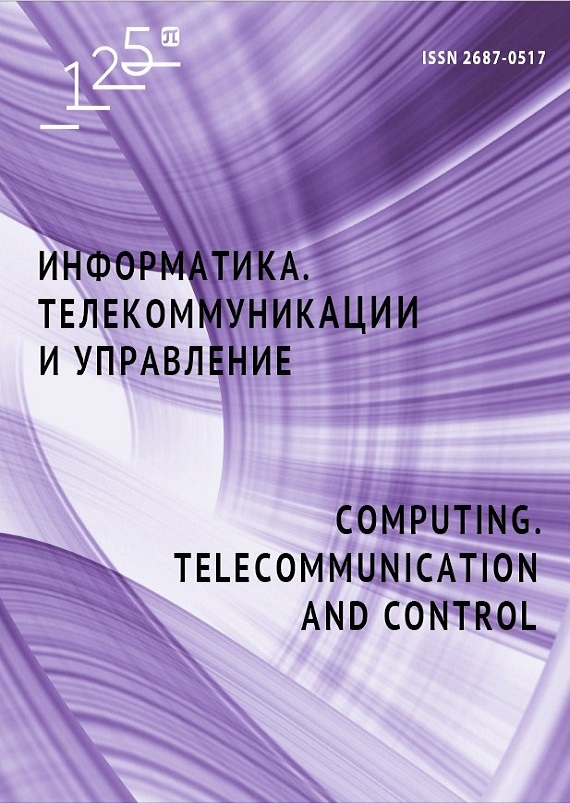Reconstruction of medium reflectivity coefficients based on seismic data through machine learning
Geological models of Digital oil fields (DoF) require information about structural properties of subsurface media. 3D models of structural properties of subsurface media are based on data from field seismic survey. Seismic survey is one of the few universal geophysical methods of obtaining information of the Earth subsurface. A reflected signal as a part of seismic data provides information of the properties of a medium through which it has passed. Reflectivity coefficients are determined by fluctuation of the medium’s elastic properties and serve as a basis for interpretation of seismic data as well as for prediction of geological structures. We have developed a new method of processing seismic data which allows to locate reflecting planes and compute values of reflectivity coefficients with high degree of precision. To resolve this problem, we have used the Semi-supervised learning method. The machine learning method made it possible to develop a mathematical model, optimize its parameters for synthetic data in order to further use the model for unmarked-up seismic data. The main novelty is in developing a learning algorithm using signal convolution and reflectivity coefficients’ regularization. The model we have developed demonstrated high precision for synthetic seismic data with high density of reflecting planes (103 planes per a second of trace). The resulting low level of errors allows significant improving of quantitative understanding of the subsurface structure based on seismic data and is a firm basis for building geological models.


